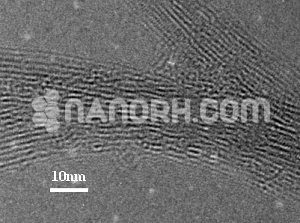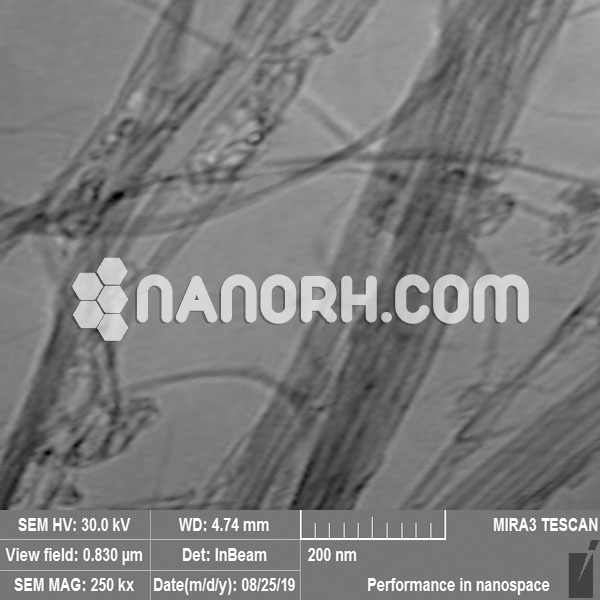
Graphene Nanoparticles
Graphene Nanoparticles
| Graphene Nanoparticles | |
| Product No | NRE-39025 |
| CAS No. | 7782-42-5 |
| Formula | C |
| Average layers | 3-6 |
| APS | 2-5nm |
| Purity | >99.3wt% |
| Color | Black |
| Density | ~ 2.3 g/cm3 |
| Electric Conductivity | 80000 S/m |
Graphene Nanoparticles
Introduction
Graphene nanoparticles are a form of graphene at the nanoscale, typically in the range of 1 to 100 nanometers. Graphene, a single layer of carbon atoms arranged in a two-dimensional (2D) honeycomb lattice, is a material with extraordinary properties, including exceptional electrical conductivity, mechanical strength, thermal conductivity, and flexibility.
Applications
Energy Storage and Conversion
Supercapacitors: significantly enhance the performance of supercapacitors by increasing their surface area and conductivity. This allows supercapacitors to store more energy and deliver power faster, making them useful in applications like electric vehicles, renewable energy systems, and backup power storage.
Batteries: In lithium-ion and lithium-sulfur batteries, graphene nanoparticles improve the conductivity of electrodes, which increases charging speed, energy density, and battery lifespan. They also help prevent electrode degradation over time, enhancing the durability of the battery.
Hydrogen Storage: Graphene nanoparticles can store hydrogen at high densities, making them a promising material for hydrogen fuel cells. The high surface area of these nanoparticles allows them to adsorb large quantities of hydrogen, which is crucial for creating efficient hydrogen storage systems.
Solar Cells: Graphene nanoparticles are incorporated into the production of photovoltaic solar cells to improve charge transport and light absorption. This results in higher efficiency in converting sunlight into electricity.
Electronics and Optoelectronics
Conductive Inks and Coatings: Graphene nanoparticles are used in the formulation of conductive inks for printed electronics. These inks can be used to print flexible circuits, antennas, and sensors on a variety of substrates, such as plastics, paper, or fabric, enabling applications in flexible, wearable electronics, smart packaging, and RFID tags.
Transistors and Sensors: Graphene nanoparticles can be used to create high-performance transistors that are faster and more energy-efficient than traditional silicon-based transistors. They are also used in gas sensors and biosensors, where their large surface area makes them highly sensitive to changes in the environment.
Photodetectors: Due to their unique optical properties, graphene nanoparticles are used in photodetectors for a variety of applications, including high-speed optical communications, light sensors, and image sensors.
Composites and Materials Science
Reinforced Composites: Graphene nanoparticles are used to reinforce composite materials, improving their strength, lightness, and durability. These composites are used in aerospace, automotive, and construction industries, where lightweight yet high-strength materials are crucial. For example, graphene nanoparticle-reinforced materials can be used in aircraft parts to reduce weight while increasing structural integrity.
Thermal Management: Due to their exceptional thermal conductivity, graphene nanoparticles are incorporated into thermal interface materials (TIMs) to improve heat dissipation in electronic devices. These materials help prevent overheating, which can lead to device failure.
Medical Applications
Drug Delivery: Graphene nanoparticles can be functionalized with specific molecules or drugs, allowing them to carry and deliver drugs to targeted areas of the body. This is particularly useful in cancer treatment, where nanoparticles can be designed to target cancerous cells while minimizing damage to healthy tissue.
Biosensors and Diagnostics: Graphene nanoparticles are used in biosensors for detecting biomarkers, DNA, proteins, and other molecules. These sensors are used for early disease detection, health monitoring, and point-of-care diagnostics. Their high surface-to-volume ratio and biocompatibility make them highly sensitive and effective for detecting low concentrations of biological targets.



